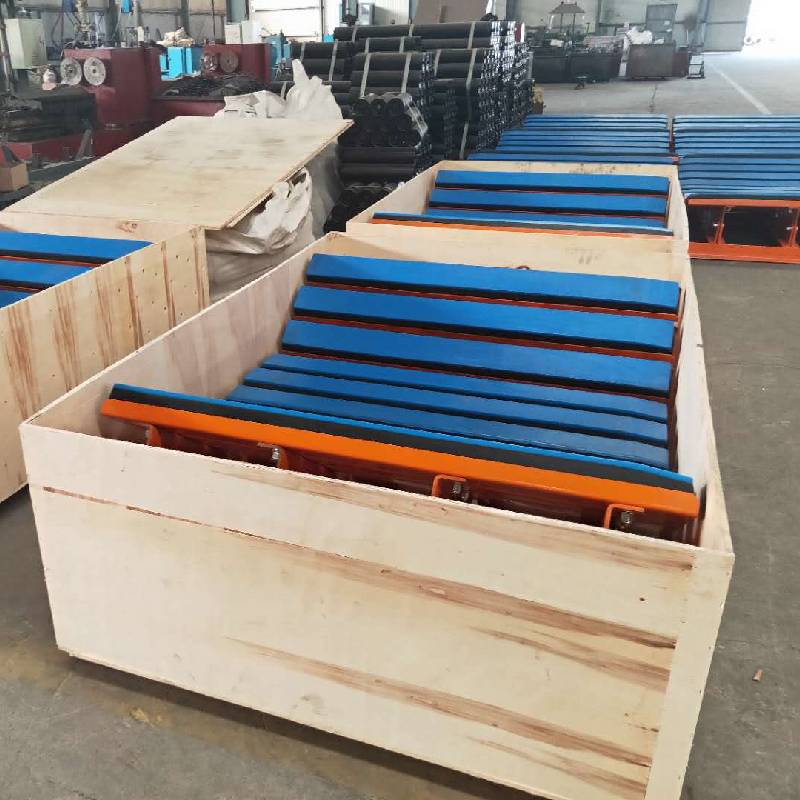 Afrikaans
Afrikaans  Albanian
Albanian  Amharic
Amharic  Arabic
Arabic  Armenian
Armenian  Azerbaijani
Azerbaijani  Basque
Basque  Belarusian
Belarusian  Bengali
Bengali  Bosnian
Bosnian  Bulgarian
Bulgarian  Catalan
Catalan  Cebuano
Cebuano  Corsican
Corsican  Croatian
Croatian  Czech
Czech  Danish
Danish  Dutch
Dutch  English
English  Esperanto
Esperanto  Estonian
Estonian  Finnish
Finnish  French
French  Frisian
Frisian  Galician
Galician  Georgian
Georgian  German
German  Greek
Greek  Gujarati
Gujarati  Haitian Creole
Haitian Creole  hausa
hausa  hawaiian
hawaiian  Hebrew
Hebrew  Hindi
Hindi  Miao
Miao  Hungarian
Hungarian  Icelandic
Icelandic  igbo
igbo  Indonesian
Indonesian  irish
irish  Italian
Italian  Japanese
Japanese  Javanese
Javanese  Kannada
Kannada  kazakh
kazakh  Khmer
Khmer  Rwandese
Rwandese  Korean
Korean  Kurdish
Kurdish  Kyrgyz
Kyrgyz  Lao
Lao  Latin
Latin  Latvian
Latvian  Lithuanian
Lithuanian  Luxembourgish
Luxembourgish  Macedonian
Macedonian  Malgashi
Malgashi  Malay
Malay  Malayalam
Malayalam  Maltese
Maltese  Maori
Maori  Marathi
Marathi  Mongolian
Mongolian  Myanmar
Myanmar  Nepali
Nepali  Norwegian
Norwegian  Norwegian
Norwegian  Occitan
Occitan  Pashto
Pashto  Persian
Persian  Polish
Polish  Portuguese
Portuguese  Punjabi
Punjabi  Romanian
Romanian  Russian
Russian  Samoan
Samoan  Scottish Gaelic
Scottish Gaelic  Serbian
Serbian  Sesotho
Sesotho  Shona
Shona  Sindhi
Sindhi  Sinhala
Sinhala  Slovak
Slovak  Slovenian
Slovenian  Somali
Somali  Spanish
Spanish  Sundanese
Sundanese  Swahili
Swahili  Swedish
Swedish  Tagalog
Tagalog  Tajik
Tajik  Tamil
Tamil  Tatar
Tatar  Telugu
Telugu  Thai
Thai  Turkish
Turkish  Turkmen
Turkmen  Ukrainian
Ukrainian  Urdu
Urdu  Uighur
Uighur  Uzbek
Uzbek  Vietnamese
Vietnamese  Welsh
Welsh  Bantu
Bantu  Yiddish
Yiddish  Yoruba
Yoruba  Zulu
Zulu idler in conveyor belt
The Role of Idlers in Conveyor Belt Systems
Conveyor belts are one of the most efficient and effective transportation methods used in various industries, including manufacturing, mining, and logistics. They serve as a crucial link in the supply chain, facilitating the movement of materials from one point to another. A vital component of conveyor belt systems is the idler, which plays a significant role in the overall performance and longevity of the conveyor system.
The Role of Idlers in Conveyor Belt Systems
There are several types of idlers, including trough idlers, flat idlers, return idlers, and impact idlers, each serving distinct roles. Trough idlers, for instance, are designed to hold the conveyor belt in a cupped shape, which helps contain materials and prevents spillage. This is particularly important when transporting bulk materials like coal, minerals, or grains. Flat idlers, on the other hand, provide a flat surface for the return section of the belt, ensuring that the belt travels smoothly back to the loading point.
idler in conveyor belt

Impact idlers are specially designed to absorb the energy generated by heavy loads as they hit the belt, which helps reduce damage to both the belt and the idler. This is especially crucial in applications where heavy materials are loaded onto the conveyor, as it minimizes the risk of belt breakage or misalignment. The choice of idler type and its configuration directly affects the efficiency and operational safety of the conveyor system.
Another key function of idlers is to assist in maintaining the alignment of the conveyor belt. Proper alignment is essential to prevent the belt from drifting and ensure that it remains in contact with the idlers. Misalignment can lead to increased wear on the belt and idlers, decreased operational efficiency, and even unsafe working conditions. Regular inspection and maintenance of idlers are necessary to address any issues related to wear, misalignment, or damage.
Idler selection plays a critical role in the reliability of a conveyor system. Factors such as the type of materials being transported, the operating environment, and the loading conditions should all be considered when choosing idlers. For instance, in environments with high humidity or exposure to chemicals, idlers made from corrosion-resistant materials may be necessary. Conversely, in heavy-duty applications, robust idlers designed to withstand extreme loads and impacts may be required.
In conclusion, idlers are fundamental components of conveyor belt systems that contribute to their overall effectiveness and durability. By ensuring the proper support, alignment, and tension of the conveyor belt, idlers help facilitate the smooth and efficient transport of materials across various industries. As such, attention to idler design, maintenance, and selection can yield significant benefits in terms of operational efficiency and equipment longevity. To optimize conveyor belt performance, industries must prioritize the role of idlers in their material handling systems.
-
Revolutionizing Conveyor Reliability with Advanced Rubber Lagging PulleysNewsJul.22,2025
-
Powering Precision and Durability with Expert Manufacturers of Conveyor ComponentsNewsJul.22,2025
-
Optimizing Conveyor Systems with Advanced Conveyor AccessoriesNewsJul.22,2025
-
Maximize Conveyor Efficiency with Quality Conveyor Idler PulleysNewsJul.22,2025
-
Future-Proof Your Conveyor System with High-Performance Polyurethane RollerNewsJul.22,2025
-
Driving Efficiency Forward with Quality Idlers and RollersNewsJul.22,2025





























